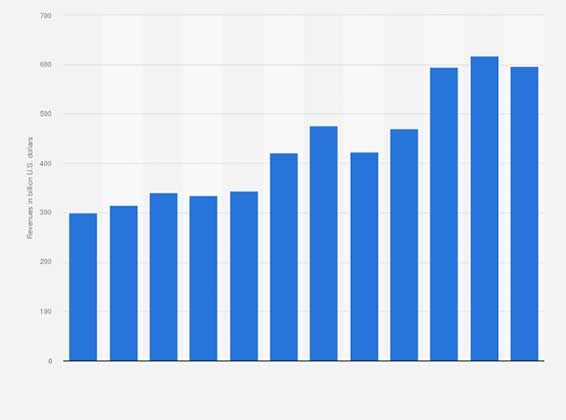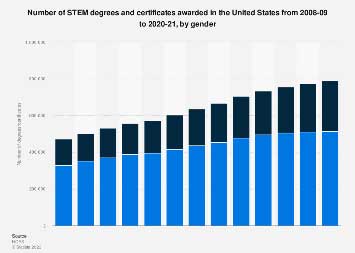The importance of the CHIPS and Science Act in supporting STEM opportunities and manufacturing career accessibility.
By Gloria Kee, Vice President of Product Management, Model N
Many economists and business leaders hail the CHIPS and Science Act as a win for the U.S. semiconductor and manufacturing industries. Nearly all surveyed executives believe the law will alleviate their supply chain issues. But this bill has another significant winner — groups underrepresented in science, technology, engineering, and mathematics (STEM).
The CHIPS Act will invest more than $50 billion in semiconductor manufacturing, research and development, and workforce development, including efforts to create new opportunities for historically underserved students and communities. The focus on diversity has received less attention but is no less critical than infrastructure investments and tax incentives.
Diversity in STEM is critical. People from diverse backgrounds bring different perspectives to increase customer insight, improve decision-making, and inspire innovation. The CHIPS and Science Act’s concerted effort to make STEM careers more accessible is a win for everyone.

The CHIPS and Science Act explicitly declares the necessity of diversity in science by creating the chief diversity and inclusion officer position at the National Science Foundation. This role provides vision, strategic leadership, and management for programs and initiatives related to diversity, equity, inclusion, and accessibility.
The legislation funds STEM education from kindergarten to graduate school and authorizes investments to expand the diversity of funded research institutions, offering more research opportunities for people across the country. New initiatives will specifically support Historically Black Colleges and Universities (HBCUs) and other minority-serving institutions. Funding will allow all institutions to provide new opportunities to historically-underserved students and communities.
The investment does not stop at education and access. The legislation also gives agencies and institutions tools to combat sexual and gender-based harassment in the sciences and demands accountability from organizations receiving incentives. Recipients must show significant community and worker investments to ensure the incentives support equitable economic growth and development.

STEM applications surround us, from our computers to our roads. Growing up, math and science were not spaces where women were encouraged to succeed. I remember walking into my engineering classes in college and often found myself as one of maybe twenty women in a class of one hundred. As classes became more specialized in my upper division courses, the number of women in those classes would shrink even further, with only three women in a class of thirty. Thankfully, the landscape has evolved.
According to the National Science Foundation, more women and Black, Hispanic, American Indian, and Alaska Native people are working in STEM than a decade ago but remain underrepresented. Women only comprise 35% of the workforce, and collectively, Hispanic, Black, American Indian, and Alaska Native people only make up a quarter.

Building STEM diversity benefits us all. Here are two examples.
People with different backgrounds have varied perspectives and life experiences, bringing more user insight to project design and helping to identify bias in data, processes, and results. For example, certain clinical trial designs could unwittingly exclude certain patients from participating. Or a new technology design may be inaccessible to someone with a disability. Diverse teams are more likely to recognize and account for different needs.
More than half of companies struggle to hire diverse employees. Education and opportunity gaps contribute to the challenge. By making STEM jobs and training accessible, especially in historically under-served areas, we tap into new talent.
Research and development are not the only STEM careers — technical positions are equally important. In the 1990s and 2000s, the U.S. semiconductor industry focused more on research and development and outsourced production to reduce overhead. As a result, the sector lost essential domain engineering and production knowledge and reduced the availability of trained technologists and engineers. The reliance on foreign entities is part of the reason the industry fell behind other countries.
The CHIPS and Science Act aims to remedy the problem by building a new workforce, one even more diverse than before. These up-and-coming experts will fill many open positions and create a strong pipeline for the future, as we require more skilled workers in STEM fields.
Through its diversity provisions, the CHIPS and Science Act will strengthen not only the U.S. semiconductor industry but also the STEM ecosystem and the country as a whole. We must all participate in this effort to build a strong and equitable future — we cannot succeed without contributions from everyone.

About the Author
Gloria Kee is the Vice President of Product Management at Model N. For more than 16 years, Kee has spent her time focused on product management and with an in-depth understanding of implementing and designing innovative software across a variety of business challenges. She is committed to product innovation and development in the B2B space within the High Tech Industry. You can follow her work on LinkedIn.
Scott Ellyson, CEO of East West Manufacturing, brings decades of global manufacturing and supply chain leadership to the conversation. In this episode, he shares practical insights on scaling operations, navigating complexity, and building resilient manufacturing networks in an increasingly connected world.